With the iPhone XS now here and breaking the £1,400 threshold, many will be wondering firstly whether they actually need a new iPhone and then if so, how to get one.
Apple’s smartphone’s aren’t cheap, they never have been. Apple’s entry-level iPhone XR costs £749 while the apex 256GB iPhone 8 Plus costs £849 and the range-topping 512GB iPhone XS Max costs £1,449.
Of course the reality is that very few of us just have that sort of money lying around, so instead it’s easier to pay for these gadgets in smaller more manageable chunks.
What Is The Apple Upgrade Programme?
This is where Apple’s Upgrade Program comes in. It’s a useful system for those who are going to stay with Apple for the foreseeable future and want to make sure they have the latest handset every year.
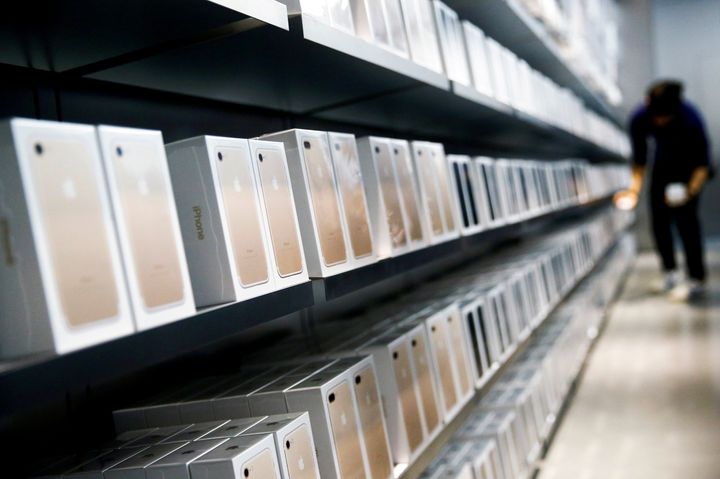
How Does Apple’s iPhone Upgrade Program Work?
It’s actually a remarkably simple system, but it’s one that comes with some very important stipulations to be aware of.
Essentially it lets you buy a SIM-Unlocked iPhone and pay for it over 20 monthly instalments. It’s completely interest free and after 11-months you can send it back to Apple and upgrade to the latest iPhone and start the process all over again.
The key point here is that you’re encouraged to renew after 11-months. If you choose to upgrade Apple will write off what you needed to pay on the previous iPhone and it just starts all over again.
If you don’t want to upgrade that’s fine, but you’ll be locked in to pay the full 20-months.
There’s also another caveat here, which is that you have to pay for AppleCare+ as part of the monthly payment which will bring the cost up slightly.
To join the Apple Upgrade Program you currently have to go into a store and sign up in person. As you’re essentially taking out a loan, your credit rating will be looked at so it’s worth taking that into consideration.
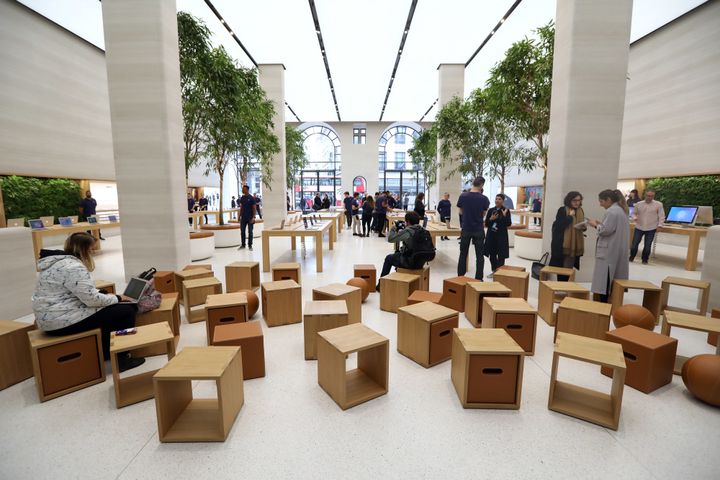
Is It Worth It?
If you’re tied into Apple’s products, and in particular the iPhone this is potentially the easiest way to guarantee that you’ll get the latest iPhone every single year.
It’s important to note that this doesn’t include a network plan, so you’ll need to factor in how much your SIM-Only Pay Monthly plan will cost in addition.
Finally there’s the matter of AppleCare+. Now while this essentially gives you an extended warranty it’s also a form of insurance cover, but again it comes with some limitations.
AppleCare+ will cover two incidents of accidental damage to your iPhone with an excess charge of £25 for screen damage or £79 if the entire phone is damaged.
AppleCare+ does also cover your battery and the headphones provided in the box. The latter of those is not covered by most insurers.
It’s not clear whether Apple will let you then get additional insurance on the device, something worth considering if you think your phone is likely to get damaged more than twice in a year.
Alternatives To Apple iPhone Upgrade Programme
You can of course just go the traditional route of buying your new iPhone through a network carrier.
This will more than likely come with a steep upfront cost but on the positive your monthly bill includes both the phone, your plan and potentially insurance.
On the downside upgrades through your network aren’t written off so if you decide to upgrade you’re simply adding to whatever you have left to pay off on your current contract.
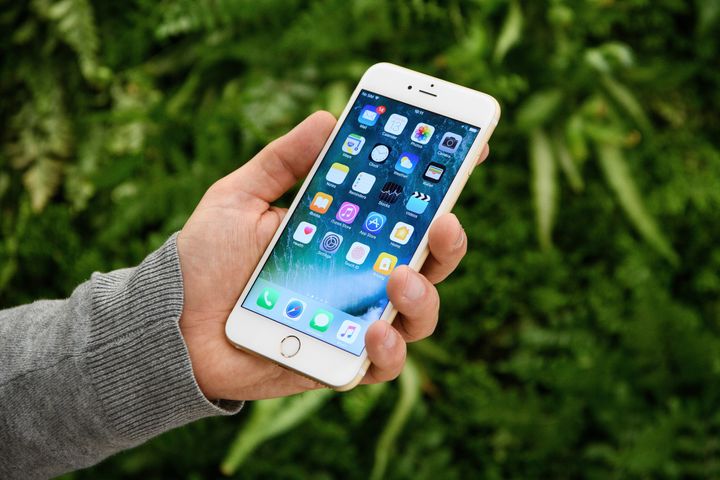
Finally Apple offers something called iPhone Payments. This is a straight up interest-free loan from Apple.
You pay for nothing but the phone over the course of 20-months, it doesn’t include AppleCare+ and you won’t be able to upgrade after 11-months.
Last but not least you can always buy the phone outright.
10 Years Old: The Evolution Of Apple’s iPhone
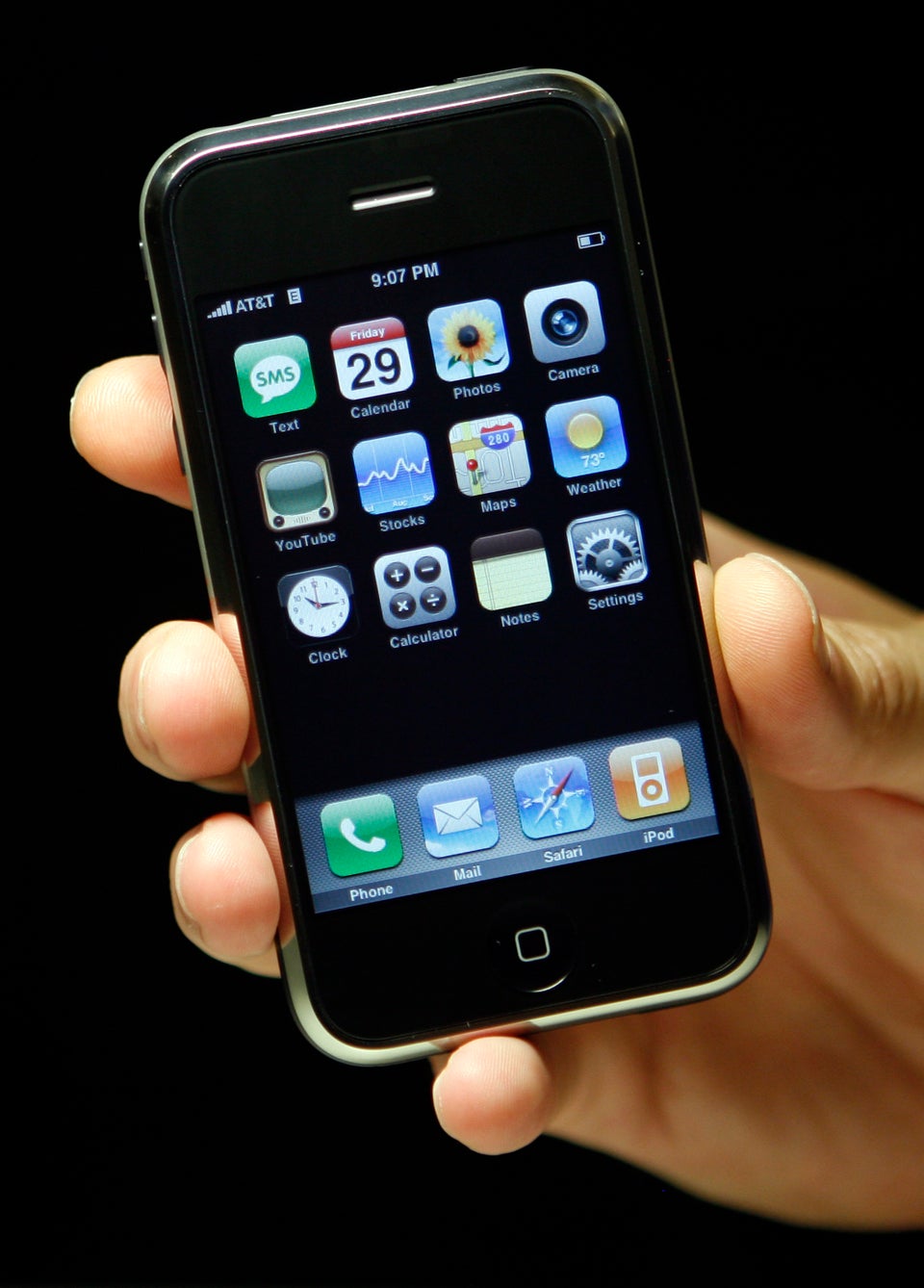
Combining a touchscreen iPod, a mobile phone, and a mobile web browser with 320 x 480 pixel resolution and 8GB storage.
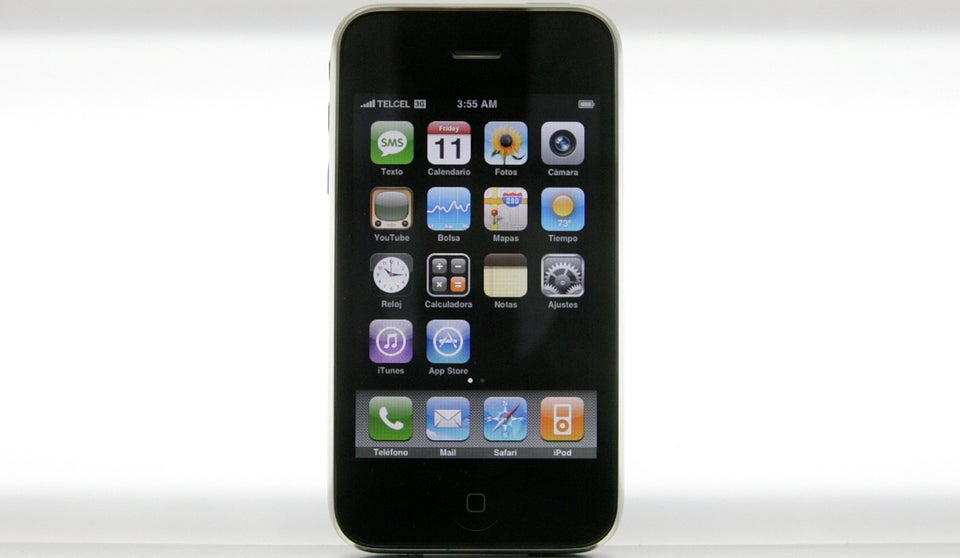
The new phone also supported the newly launched app store.
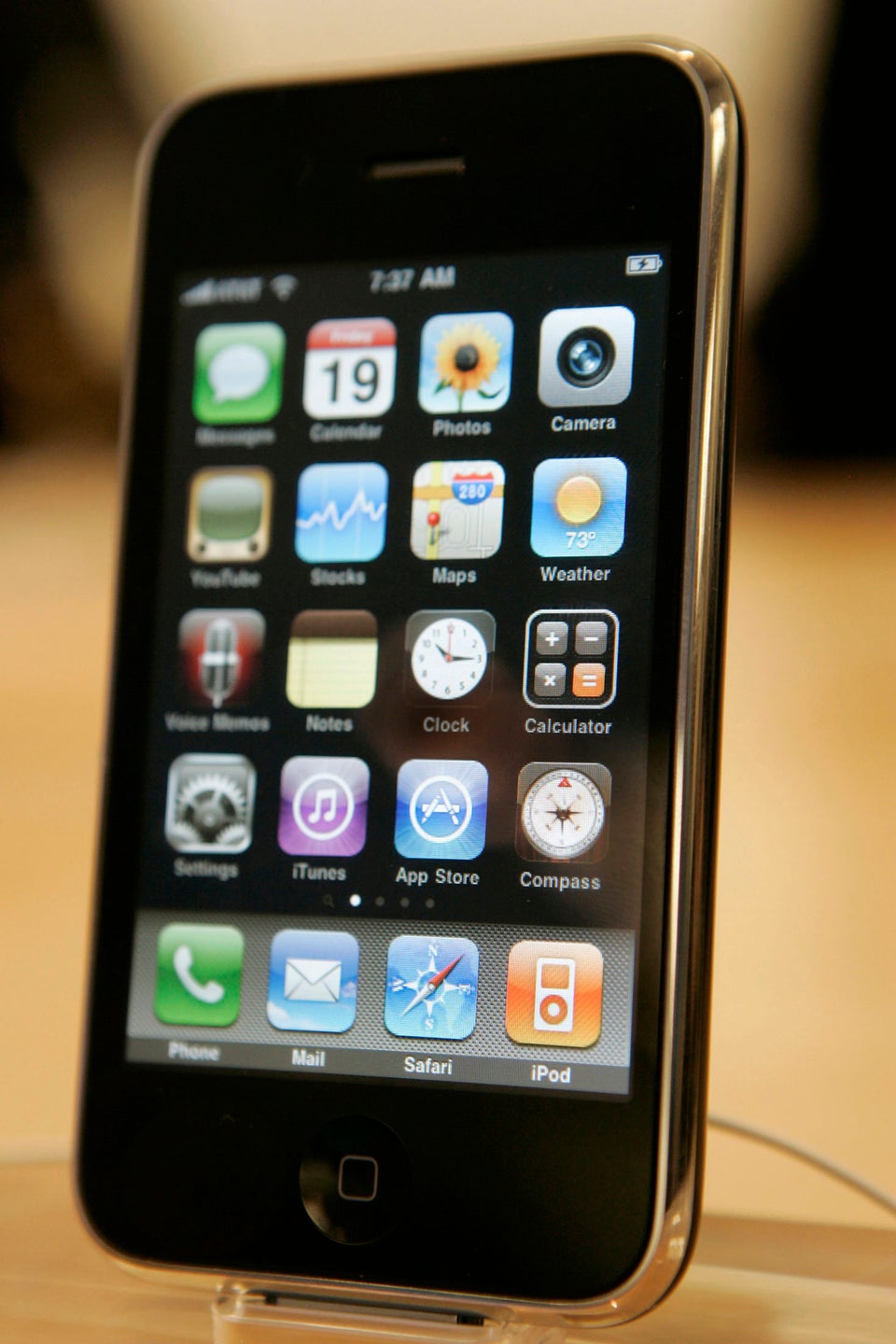
And it even had the primitive ancestors of Siri - voice control.
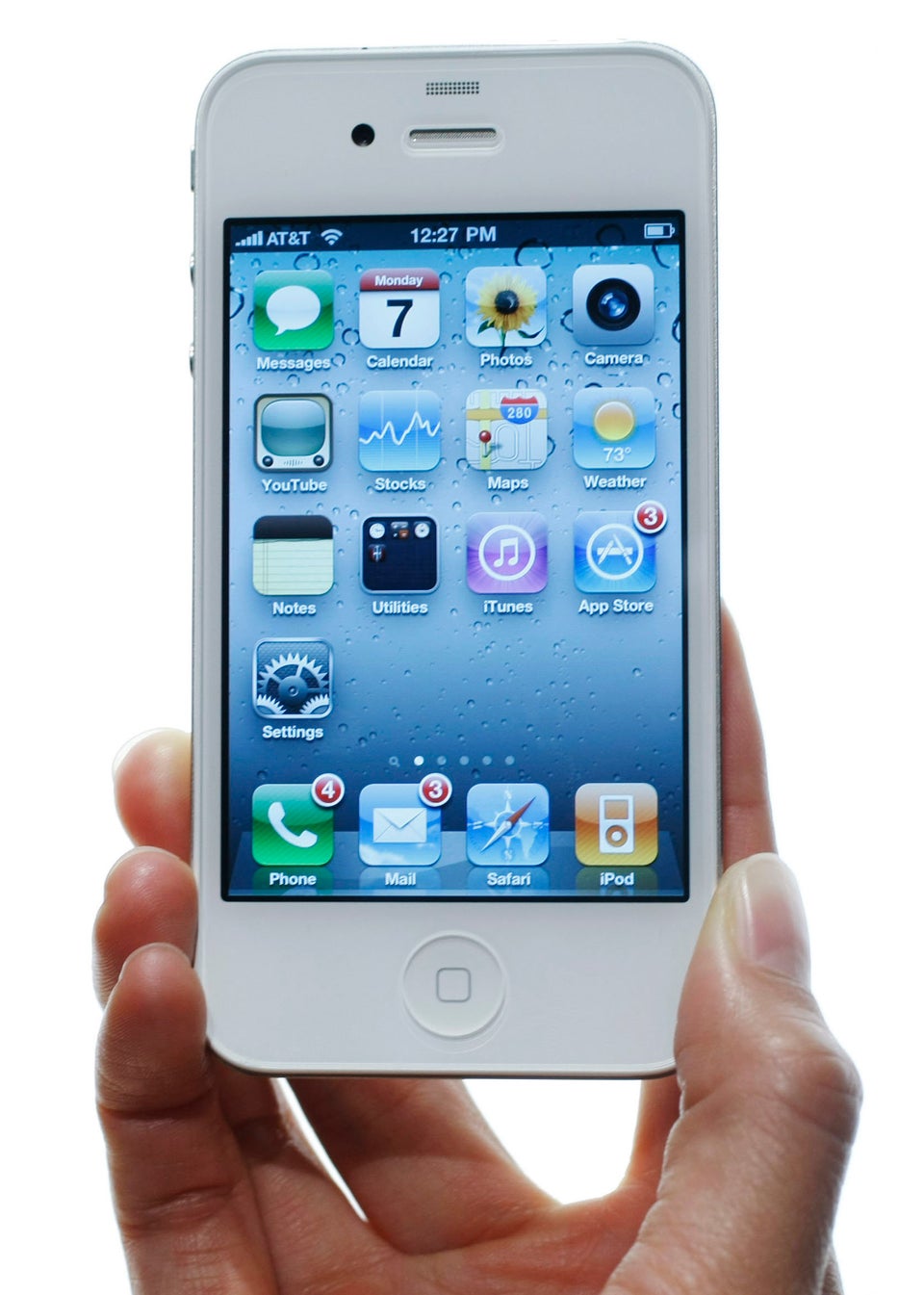
The high-res retina display now had 640 x 960 pixels and a 5MP camera with HD video recording capabilities.
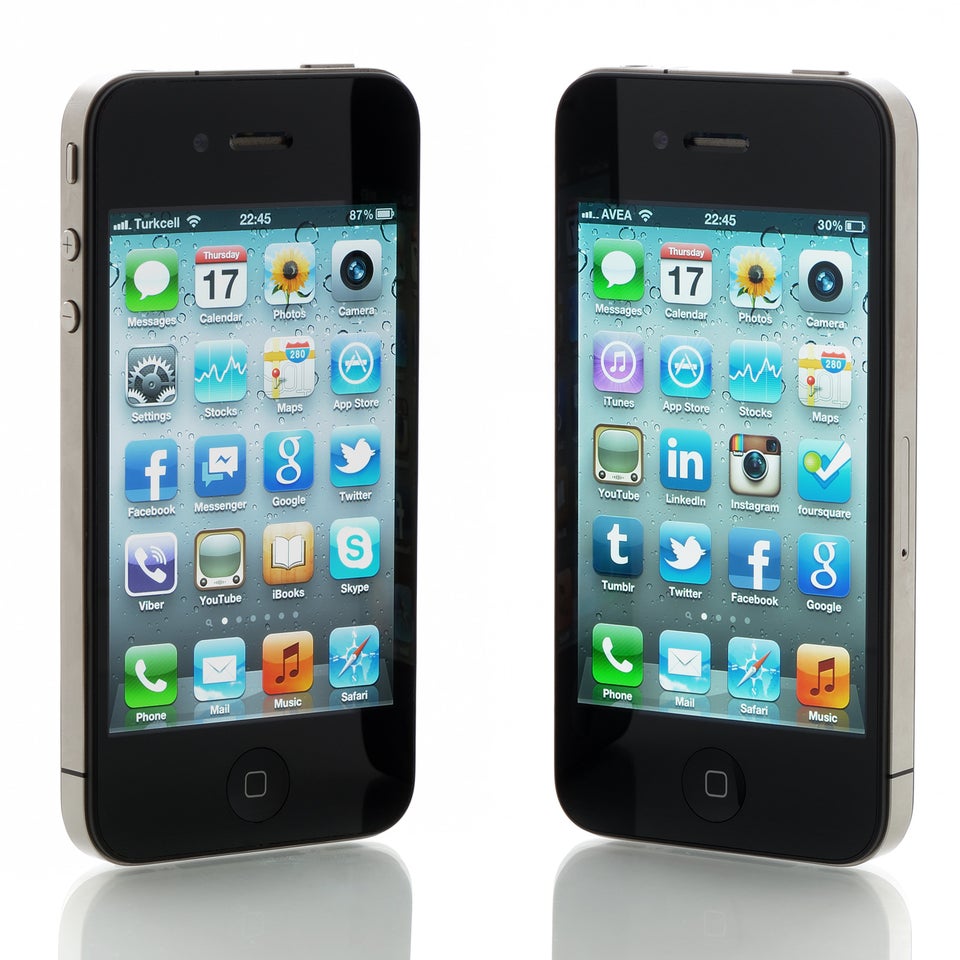
Inside was the massively improved A5 processor, and Siri - an exclusive 4S function.
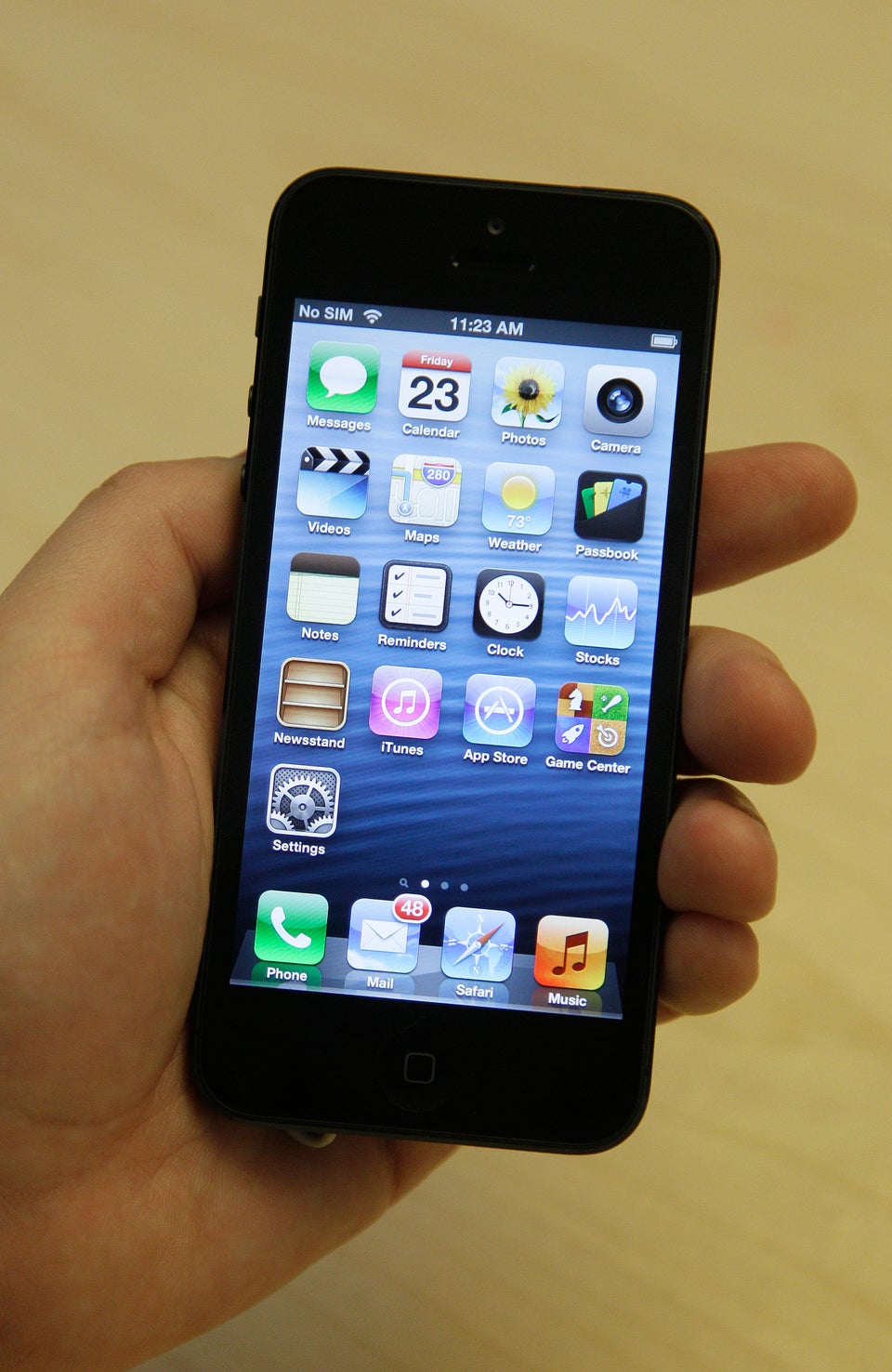
Offering a much larger screen: little did we know how many smashed screens this would result in...
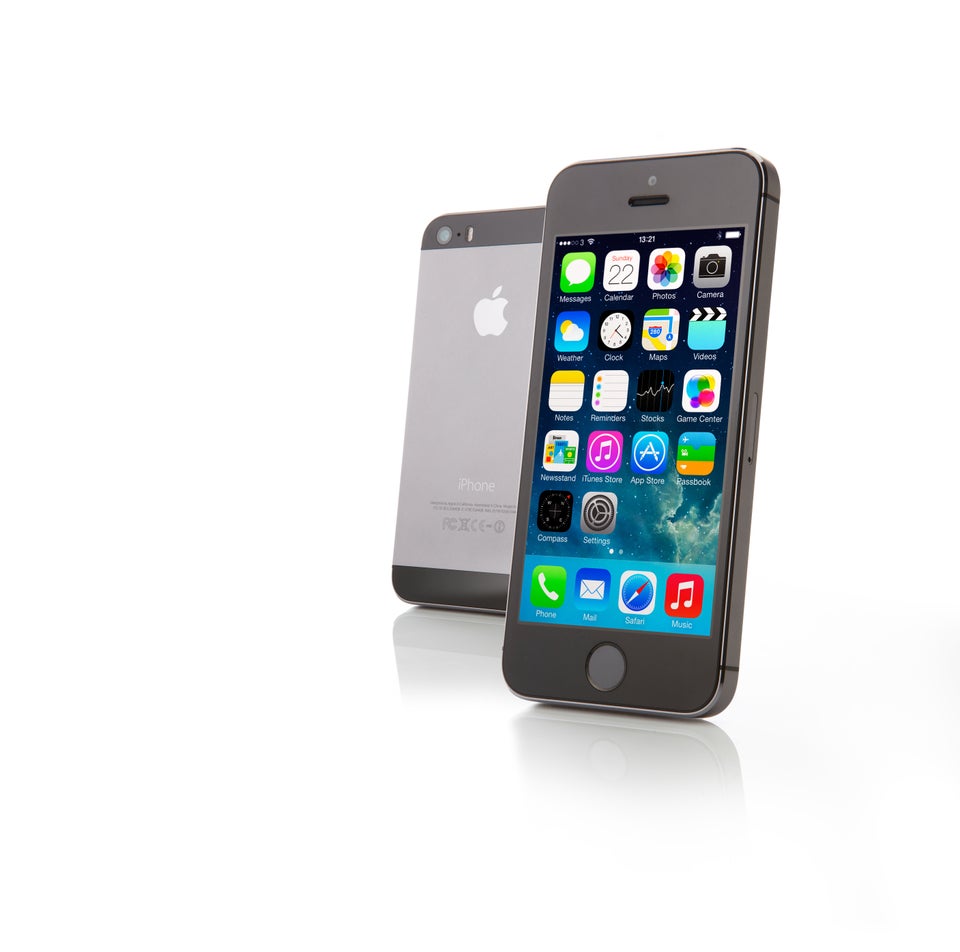
September also saw the introduction of the cheaper plastic-backed 5C model to compete with the influx of Androids on the market.
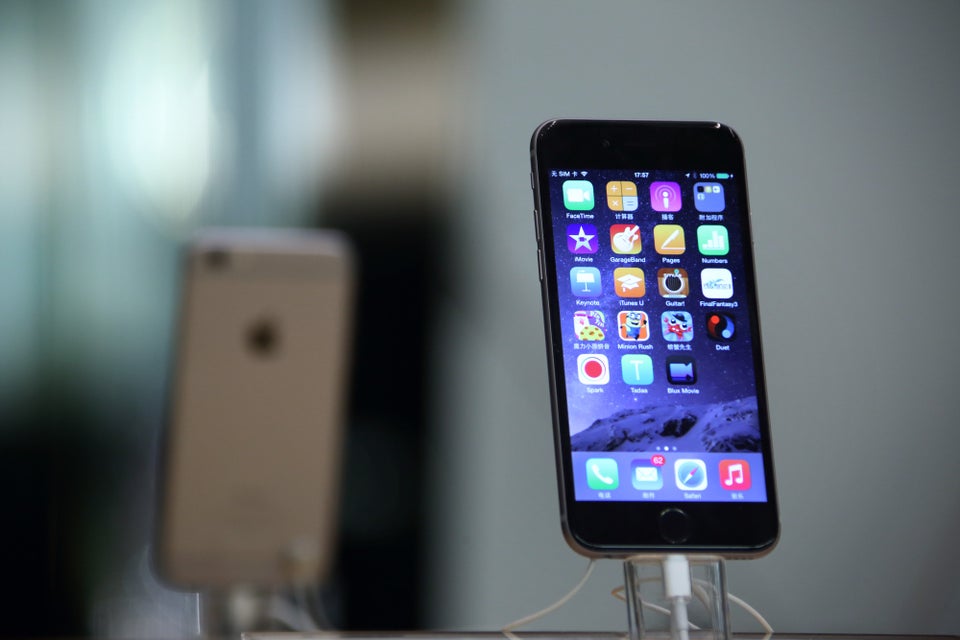
The screen is now 4.7 inches and boasts an impressive resolution of 1334 x 750.

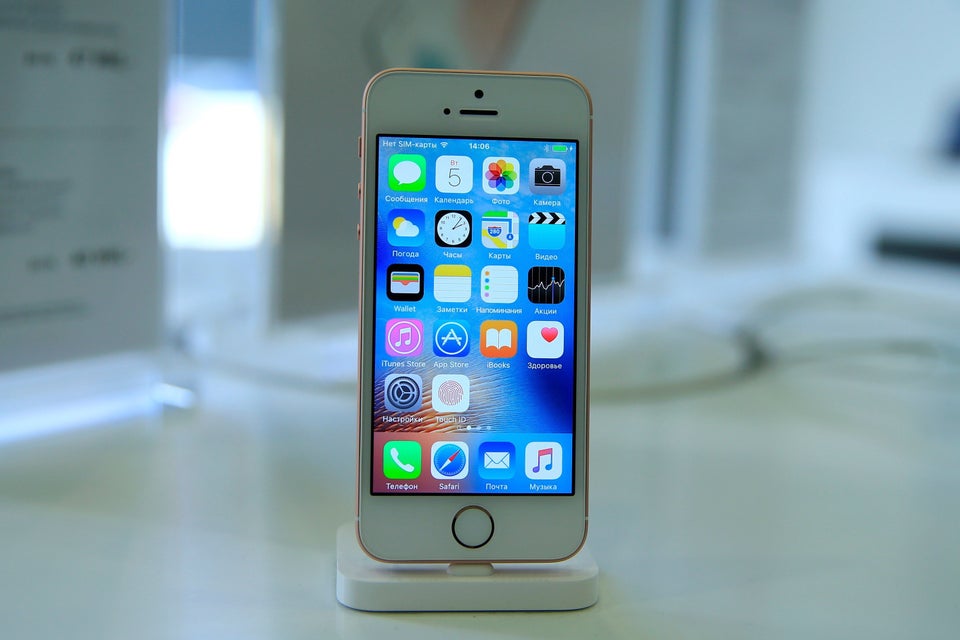
We can't wait to see what the iPhone 7 brings on 7 September.
